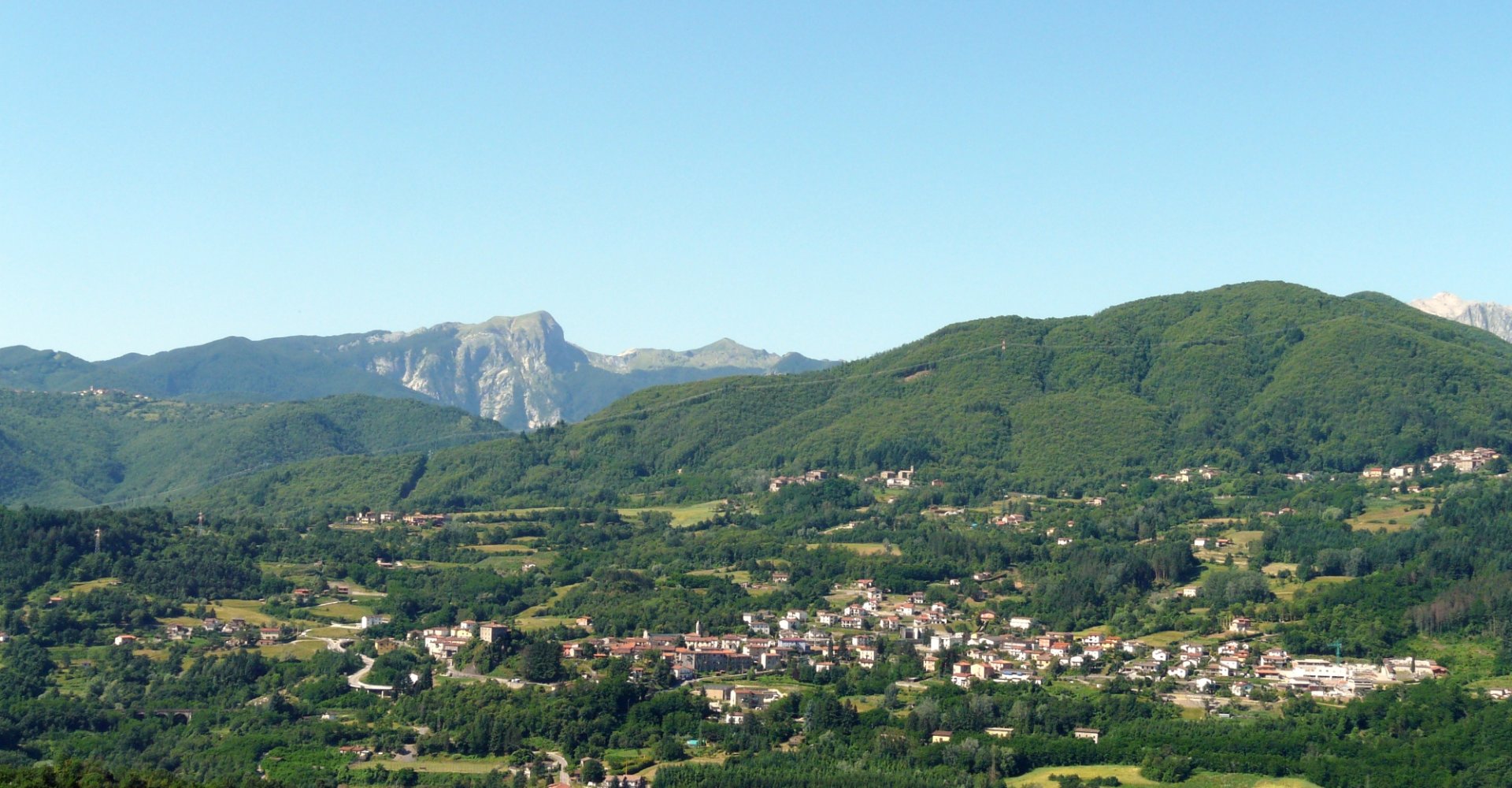The territory of Camporgiano is dotted with small villages, such as the charming village of Roccalberti, and churches and parish churches, such as those of San Biagio in Poggio, Santa Maria Assunta in Vitoio, Santa Maria Assunta in Puglianella, San Nicola in Sillicano, and San Tommaso in Casciana.
This is where the ancient trade route known as the Via Vandelli runs through the Tuscan territories of Garfagnana and Media Valle del Serchio. This centuries-old route, whose origin dates back to the 18th century, was built as a commercial crossroads to connect the lands of the House of Este with the Duchy of Massa and Carrara, crossing, for security reasons, only Este territories. Today the Via Vandelli is a major hiking route measuring about 150 kilometers.
Camporgiano is also on what used to be called the Via del Volto Santo, one of the best-known branches of the Francigena, an alternative to the route traced by Bishop Sigeric of Canterbury.
